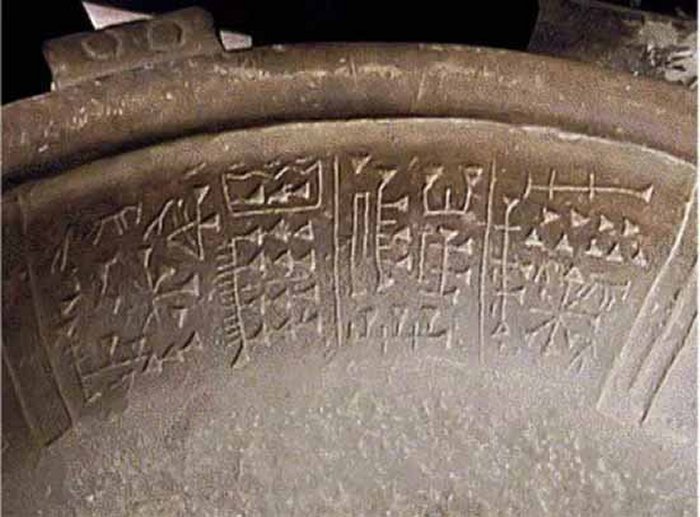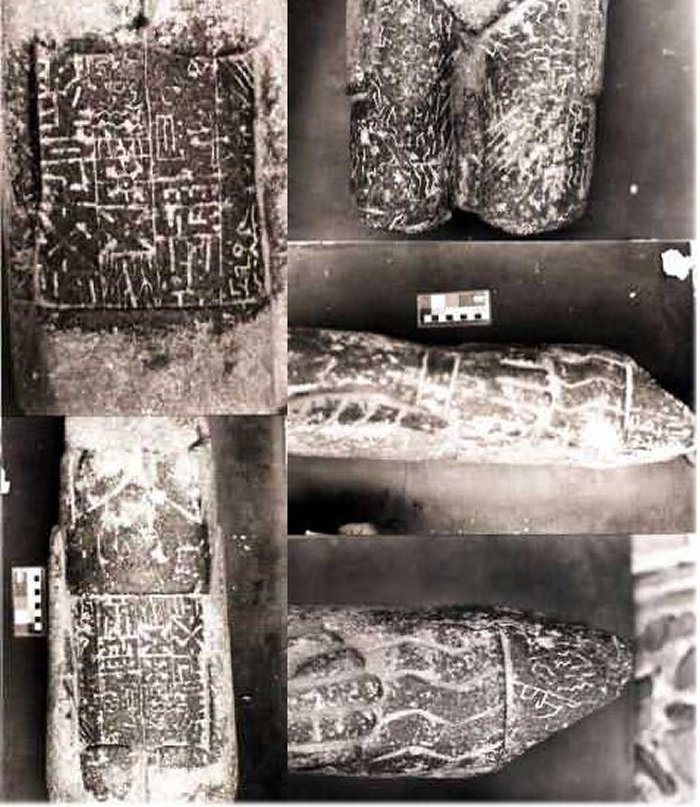Controversial Artifact Fuente Magna Could Re-Write Ancient History – America’s Mysterious Rosetta Stone
A. Sutherland - AncientPages.com - The Fuente Magna is a very controversial artifact that is sometimes referred to as America's Rosetta Stone.
This mysterious object raises a number of interesting and thought-provoking questions. How did an ancient artifact, with Sumerian cuneiform writing, wind up in the Andes? Was there a connection in ancient times between the Sumerians and inhabitants of the Andes, located thousands of miles away?
The Fuente Magna is a large stone vessel resembling a bowl. It was accidentally discovered in 1958 by a farmer working near Lake Titicaca in Bolivia. The artifact was taken to the city hall of La Paz. On the bowl there are several beautiful engravings zoological motifs and anthropomorphic characters.
However, most interesting are the Sumerian cuneiform script found on the vessel.
The artifact was kept in the Museo de los Metales Preciosos ("Museum of Precious Metals") for almost 40 years before two Bolivian researchers, Argentine Bernardo Biados and archaeologist Freddy Arce made an attempt to examine the object and its mysterious origin.
Who made it? Where did it come from?
An old local who saw a photo of the artifact said it was once in his possessions and he used the bowl to feed his pigs. Obviously the old man was totally unaware of the ancient object's value. How did the Fuente Magna end up later close to Lake Titicaca? Answer to that question remains unknown.
When Bolivian archaeologist Max Portugal Zamora learned about this curious object, he made several attempts to decipher the script, but failed because he did not understand the bowl was a type of cuneiform text dating back some 5,000 years.
After a careful examination of the Fuente Magna, linear script expert Dr. Clyde A. Winters determined that it was probably Proto-Sumerian, which is found on many artifacts from Mesopotamia. An identical script was used by the Elamites called Proto-Elamite.
For some time, the Fuente Magna was considered a fake. That is often the case with artifacts that pose a challenge and threat to orthodox science. However, after closer examination of the Fuerta Magna researchers were able to conclude the artifact was genuine. Still, researchers could not decipher the inscription written with Sumerian cuneiform script.
Dr. Winters believed that researchers could not read the writing because they refused to compare Proto-Elamite and Proto-Sumerian writing with other writing systems used in 3000-2000 BC. He compared the writing to the Libyco-Berber writing used in the Sahara 5000 years ago. This writing was used by the Proto-Dravidians (of the Indus Valley), Proto-Mande, Proto-Elamites and Proto-Sumerians.
These people formerly lived in Middle Africa, until the extensive desertification of the Sahara began after 3500 BC.
According to Dr. Winters, the inscription on the bowl read as follows:
"Approach in the future (one) endowed with great protection the Great Nia. [The Divine One Nia(sh) to] establish purity, establish gladness, establish character. (This favorable oracle of the people to establish purity and to establish character [for all who seek it]). [Use this talisman (the Fuente bowl)] To sprout [oh] diviner the unique advice [at] the temple. The righteous shrine, anoint (this) shrine, anoint (this) shrine; The leader takes an oath [to] establish purity, a favorable oracle (and to) establish character. [Oh leader of the cult,] open up a unique light [for all], [who] wish for a noble life."
Dr. Winters said that some part of the inscriptions he deciphered suggest the ancient bowl was used to make libations to the Goddess Nia to request fertility, and to offer thanks to the bountiful fauna and flora in the area that made it possible for these Sumerian explorers to support themselves in Bolivia.
Of particular interest is that the people of the Fuente Magna, referred to the Goddess as Nia. Nia, is the Linear-A term for Neith. Neith is the Greek name for the Egyptian Goddess Nt or Neit, Semitic Anat. This goddess was very popular among the ancient people of Libya and other parts of Middle Africa, before these people left the region to settle Mesopotamia, the Indus Valley and Minoan Crete.
Dr. Winters noted that his translation of the Fuente Magna inscriptions supports the hypothesis of Awen Dawn that the Fuente was used in celebration of the Goddess religion of the ancient people of Bolivia.
Awen Dawn recognized that the figure on the Fuente Magna was in a Goddess pose, with open arms and legs spread, which supports Winters' translation.. In addition, the identification of symbols on the bowl by Awen that relate to European signs for the Mother Goddess, probably reflects the early influence of the Goddess Neith on the mainland of Greece and Crete.
See also:
- Bolivia And The Mystery Of The Twins Of Atlantis
- Secret Ancient Subterranean Tunnels And Caverns Across America: Who Or What Were Our Ancestors Hiding From?
- Controversial Prehistoric Bronze Gears Of Peru
The Fuente Magna artifact remains a highly controversial artifact until today.
The artifact's existence and cuneiform writing suggest there was a strong connection between the Sumerian civilization and the ancient culture of Bolivia.
"How is it possible that proto-Sumerian inscriptions were found in a bowl that has been found near the Titicaca Lake, 3800 meters above sea level, thousands of kilometers far away from the area where the Sumerian people used to live?", author and ancient history reseaecher Yuri Leveratto asks. The Fuente Magna artifact is by no means the only object that offers evidence of ancient transatlantic contact. MessageToEagle.com has previously published the controversial story dealing with the Pokotia Monolith.
An enigmatic inscription on the Pokotia Monolith confirms that Sumerians crossed the ocean thousands of years ago and left traces of their civilization.
Further investigations of such intriguing and mysterious ancient artifacts can shed more light on prehistoric trans-Atlantic crossings and the influence Sumerian civilization had on the ancient people of Bolivia, Peru and other countries in South America and of course even North America.
Written by – A. Sutherland AncientPages.com Staff Writer
Copyright © AncientPages.com All rights reserved. This material may not be published, broadcast, rewritten or redistributed in whole or part without the express written permission of AncientPages.com
More From Ancient Pages
-
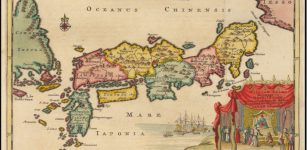 Spread Of Transeurasian Languages Was Due To Agriculture Study Reveals
Archaeology | Nov 10, 2021
Spread Of Transeurasian Languages Was Due To Agriculture Study Reveals
Archaeology | Nov 10, 2021 -
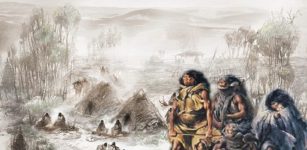 North America Was Settled By Previously Unknown People – DNA From A 11,500-Year-Old Skeleton Reveals
Archaeology | Jan 3, 2018
North America Was Settled By Previously Unknown People – DNA From A 11,500-Year-Old Skeleton Reveals
Archaeology | Jan 3, 2018 -
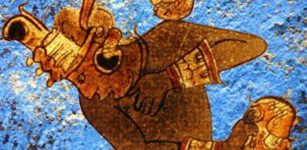 Mystery Of The Maya Blue Pigment And Its Unusual Chemical Composition
Ancient History Facts | Mar 23, 2016
Mystery Of The Maya Blue Pigment And Its Unusual Chemical Composition
Ancient History Facts | Mar 23, 2016 -
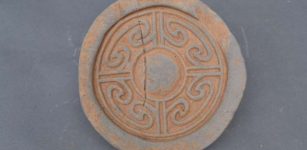 Discovered Inscription On Ancient Stone Vessel Reveals Location Of Legendary Tomb Of Chinese Emperor
Archaeology | Jan 11, 2021
Discovered Inscription On Ancient Stone Vessel Reveals Location Of Legendary Tomb Of Chinese Emperor
Archaeology | Jan 11, 2021 -
 Mysterious Kaali Crater And The Holy Lake – Sacred Ancient Places In Estonia
Featured Stories | Jan 19, 2018
Mysterious Kaali Crater And The Holy Lake – Sacred Ancient Places In Estonia
Featured Stories | Jan 19, 2018 -
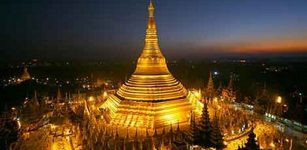 Spectacular 2,500 Years Old Shwedagon Pagoda In Myanmar – World’s Oldest Pagoda
Featured Stories | Oct 18, 2018
Spectacular 2,500 Years Old Shwedagon Pagoda In Myanmar – World’s Oldest Pagoda
Featured Stories | Oct 18, 2018 -
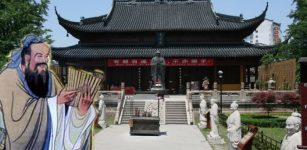 Master Kong Confucius: Great Philosopher And ‘Teacher Of All Teachers’ Ahead Of His Time
Featured Stories | Nov 25, 2016
Master Kong Confucius: Great Philosopher And ‘Teacher Of All Teachers’ Ahead Of His Time
Featured Stories | Nov 25, 2016 -
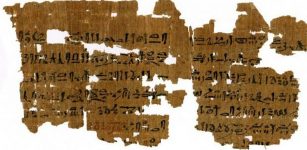 Knowledge Of Ancient Medicine Hidden In Undeciphered Egyptian Manuscripts
Archaeology | Aug 16, 2018
Knowledge Of Ancient Medicine Hidden In Undeciphered Egyptian Manuscripts
Archaeology | Aug 16, 2018 -
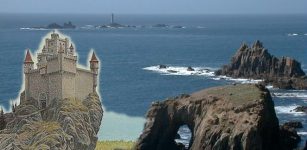 Sunken Land Of Lyonesse: Legendary Kingdom That Influenced Stories Of Writers And Fishermen
Featured Stories | Mar 16, 2017
Sunken Land Of Lyonesse: Legendary Kingdom That Influenced Stories Of Writers And Fishermen
Featured Stories | Mar 16, 2017 -
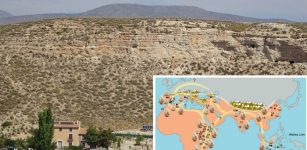 Evidence Of Europe’s Earliest Human Presence, Dating Back 1. 3 Million Years Found At Venta Micena, Iberian Peninsula
Evolution | Jul 13, 2024
Evidence Of Europe’s Earliest Human Presence, Dating Back 1. 3 Million Years Found At Venta Micena, Iberian Peninsula
Evolution | Jul 13, 2024 -
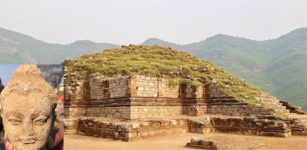 1,800-Year-Old Buddhist Stupa And Relics Discovered Near Bazira, The Ancient City Of Alexander The Great
Archaeology | Feb 11, 2022
1,800-Year-Old Buddhist Stupa And Relics Discovered Near Bazira, The Ancient City Of Alexander The Great
Archaeology | Feb 11, 2022 -
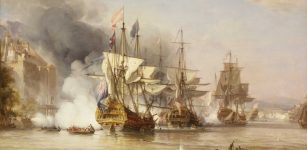 On This Day In History: Naval Battle Of Porto Bello Begins – On Nov 20, 1739
Featured Stories | Nov 20, 2016
On This Day In History: Naval Battle Of Porto Bello Begins – On Nov 20, 1739
Featured Stories | Nov 20, 2016 -
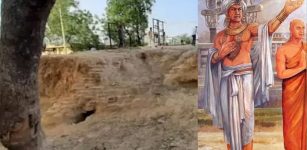 Discovered 2000-Year-Old Mauryan Structure May Lead To The Lost Ashoka Pillar Site
Archaeology | Sep 30, 2021
Discovered 2000-Year-Old Mauryan Structure May Lead To The Lost Ashoka Pillar Site
Archaeology | Sep 30, 2021 -
 On This Day In History: William Laud Archbishop Of Canterbury Beheaded – On Jan 10, 1645
News | Jan 10, 2017
On This Day In History: William Laud Archbishop Of Canterbury Beheaded – On Jan 10, 1645
News | Jan 10, 2017 -
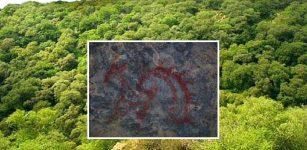 Haryana Caves In Mangar Bani Hide An Ancient Secret – Are These The Oldest Cave Paintings In India?
Archaeology | Jul 28, 2021
Haryana Caves In Mangar Bani Hide An Ancient Secret – Are These The Oldest Cave Paintings In India?
Archaeology | Jul 28, 2021 -
 Forbidden Knowledge: Secret Ancient Gates Of The Shining Ones – Geomantic Energy Vortices – Part 2
Ancient Mysteries | Jul 16, 2019
Forbidden Knowledge: Secret Ancient Gates Of The Shining Ones – Geomantic Energy Vortices – Part 2
Ancient Mysteries | Jul 16, 2019 -
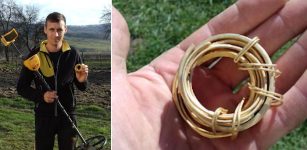 7 Magnificent Thracian Gold Bracelets Found In Romanian Forest By Amateur Archaeologist
Archaeology | May 23, 2023
7 Magnificent Thracian Gold Bracelets Found In Romanian Forest By Amateur Archaeologist
Archaeology | May 23, 2023 -
 12,000-Year-Old Archaeological Evidence Of Human-Dog Friendship In Alaska
Archaeology | Dec 5, 2024
12,000-Year-Old Archaeological Evidence Of Human-Dog Friendship In Alaska
Archaeology | Dec 5, 2024 -
 On This Day In History: Germany Invades Poland – On Sep 1, 1939
News | Sep 1, 2016
On This Day In History: Germany Invades Poland – On Sep 1, 1939
News | Sep 1, 2016 -
 Mysterious Ancient Underground King And Ruler Of The World – Who Was He? Part 1
Ancient Mysteries | Jul 25, 2018
Mysterious Ancient Underground King And Ruler Of The World – Who Was He? Part 1
Ancient Mysteries | Jul 25, 2018



